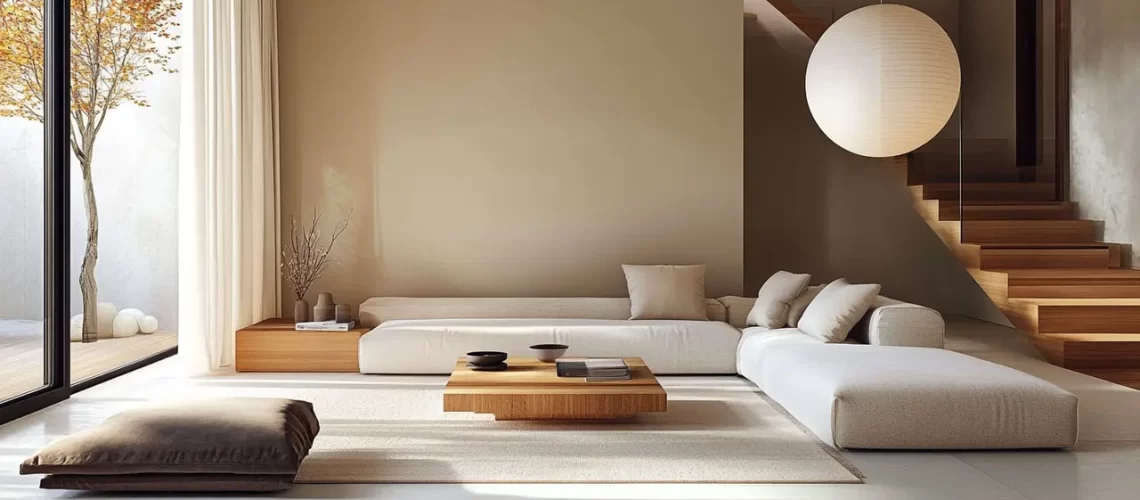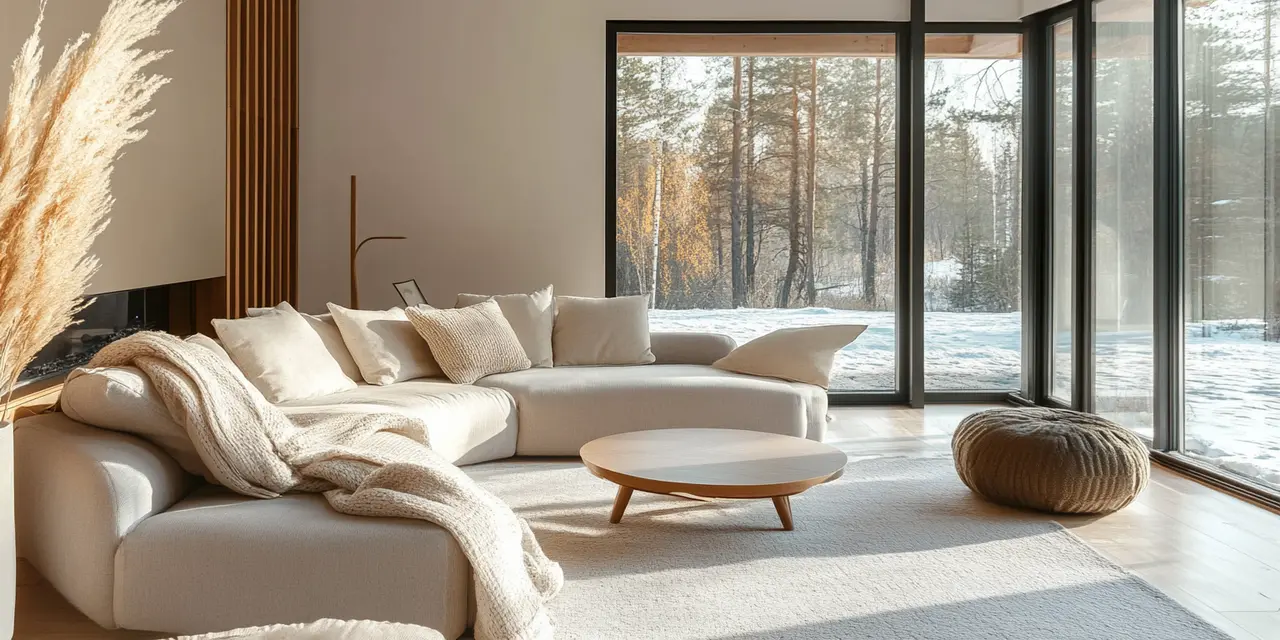In a world that’s constantly bustling with activity and noise, finding peace and space within our homes becomes essential. Minimalist interior design isn’t just about having fewer things or making your home look like a showroom. It’s a lifestyle choice that can profoundly affect your well-being, productivity, and overall quality of life. Let’s delve into how minimalist interior design can enhance your lifestyle.
Understanding Minimalist Interior Design
Minimalist interior design is characterized by simplicity, clean lines, and a monochromatic palette. It aims to create a serene and uncluttered environment by focusing on the essentials and eliminating the excess. This style isn’t just about aesthetics; it’s a philosophy that promotes a more mindful and intentional way of living.
The roots of minimalist design can be traced back to the early 20th century with movements like De Stijl and Bauhaus. These movements emphasized function over form and stripped away unnecessary elements to reveal the true essence of a space. Today, minimalist interior design is embraced worldwide, celebrated for its ability to create calm, harmonious spaces.
One of the hallmarks of minimalist design is its monochromatic palette, often featuring shades of white, grey, and black. This color scheme is not only soothing but also creates an illusion of more space. By limiting the color palette, you can create a cohesive and serene environment that helps you decompress after a long day.
Furniture in a minimalist interior design scheme often features clean lines and minimal ornamentation. Think of sleek, simple pieces that serve multiple purposes. This kind of furniture doesn’t distract but instead complements the space, allowing the architecture and natural light to take center stage.
The Psychological Benefits of Minimalism
A minimalist space can significantly reduce stress and anxiety. Cluttered environments can overwhelm our minds, making it harder to concentrate and relax. By simplifying your surroundings, you create a peaceful atmosphere that fosters mental clarity and emotional stability.
Research indicates that people feel more relaxed and focused in uncluttered spaces. In fact, a study conducted by the University of California, Los Angeles, found that clutter can increase cortisol levels, the stress hormone, in our bodies. Minimalist interiors can help mitigate this effect, providing a haven where you can unwind and recharge.
The act of decluttering itself can be therapeutic. Sorting through belongings and deciding what to keep can feel like a cleansing process for the mind. It forces you to make decisions about what’s truly important, prompting a greater awareness of your values and priorities. This mental clarity can translate into other areas of your life, from work to personal relationships.
Enhancing Productivity
Minimalist interiors are designed to maximize functionality and efficiency. With fewer distractions and more organized spaces, it’s easier to focus on tasks and boost productivity. Whether you’re working from home or managing household chores, a minimalist environment can help you get things done more effectively.
Imagine a workspace free of unnecessary items, where everything has its place. Such an environment can help you stay on task and avoid the mental burden of a messy, cluttered desk. This orderliness can create a sense of control and accomplishment, motivating you to tackle your to-do list with enthusiasm.
Moreover, minimalist design often incorporates elements like natural light and greenery, which have been shown to improve focus and concentration. Natural light can improve mood and energy levels, while plants can enhance air quality and provide a calming presence. Together, these elements create an optimal setting for productivity.
A Sustainable Choice
Minimalist design often emphasizes quality over quantity, leading to more sustainable living. By investing in fewer, high-quality pieces, you reduce waste and encourage a more eco-friendly lifestyle. This approach not only benefits the environment but also contributes to long-term cost savings.
Choosing minimalist design means opting for timeless and durable furnishings rather than trendy, disposable items. This can result in less frequent replacements and, consequently, less waste. High-quality materials not only last longer but often have a lesser environmental impact because they require fewer resources to produce and maintain.
In addition, minimalist living encourages mindful consumption. It prompts you to be deliberate about what you bring into your home, reducing the impulse to buy unnecessary items. This mindset can lead to more sustainable practices in other areas of life as well, such as reducing plastic use and choosing eco-friendly products.
Tips for Incorporating Minimalism into Your Home
Start by decluttering your space and getting rid of items that no longer serve a purpose. Focus on multifunctional furniture and storage solutions to maintain an organized environment. Choose a neutral color palette and keep decorations to a minimum to maintain a clean and cohesive look.
An excellent way to begin is by tackling one room at a time. Remove everything from the space and only bring back the items that you use regularly or that bring you joy. This method helps prevent feelings of overwhelm and allows you to see the room with fresh eyes.
In terms of furniture, look for pieces that offer storage solutions like coffee tables with hidden compartments or beds with drawers underneath. These pieces help maintain a tidy appearance while providing critical storage for your belongings, ensuring your space remains functional and organized.
When it comes to decor, less is more. Choose a few quality art pieces and place them thoughtfully. Avoid overcrowding walls or surfaces; instead, let each piece stand out. This minimalist approach can make your space feel more intentional and less chaotic.
Real-Life Examples of Minimalist Interiors
From Scandinavian-inspired living rooms to minimalist kitchens, real-life examples can provide inspiration and practical ideas for transforming your space. Highlight some popular minimalist designs and explain how they embody the principles of simplicity and functionality.
Consider the sleek, functional design of a Scandinavian living room, with its use of natural materials, light wood tones, and emphasis on comfort and utility. Every piece serves a purpose, from the cozy yet uncluttered seating arrangements to the functional storage units that keep essentials tucked away.
In minimalist kitchens, the focus is often on maximizing counter space and ensuring that every utensil and appliance has a designated spot. Open shelving and uncluttered countertops make it easy to find what you need, allowing you to enjoy a more efficient cooking experience while keeping the space visually appealing.
Embrace Simplicity for a Better Life
Minimalist interior design goes beyond mere aesthetics; it’s about creating a space that enhances your well-being, productivity, and quality of life. By embracing simplicity, you open the door to a more mindful way of living, filled with intention and clarity. So, if you’re looking to refresh your living space, consider the beauty and benefits that come with a minimalist approach.


